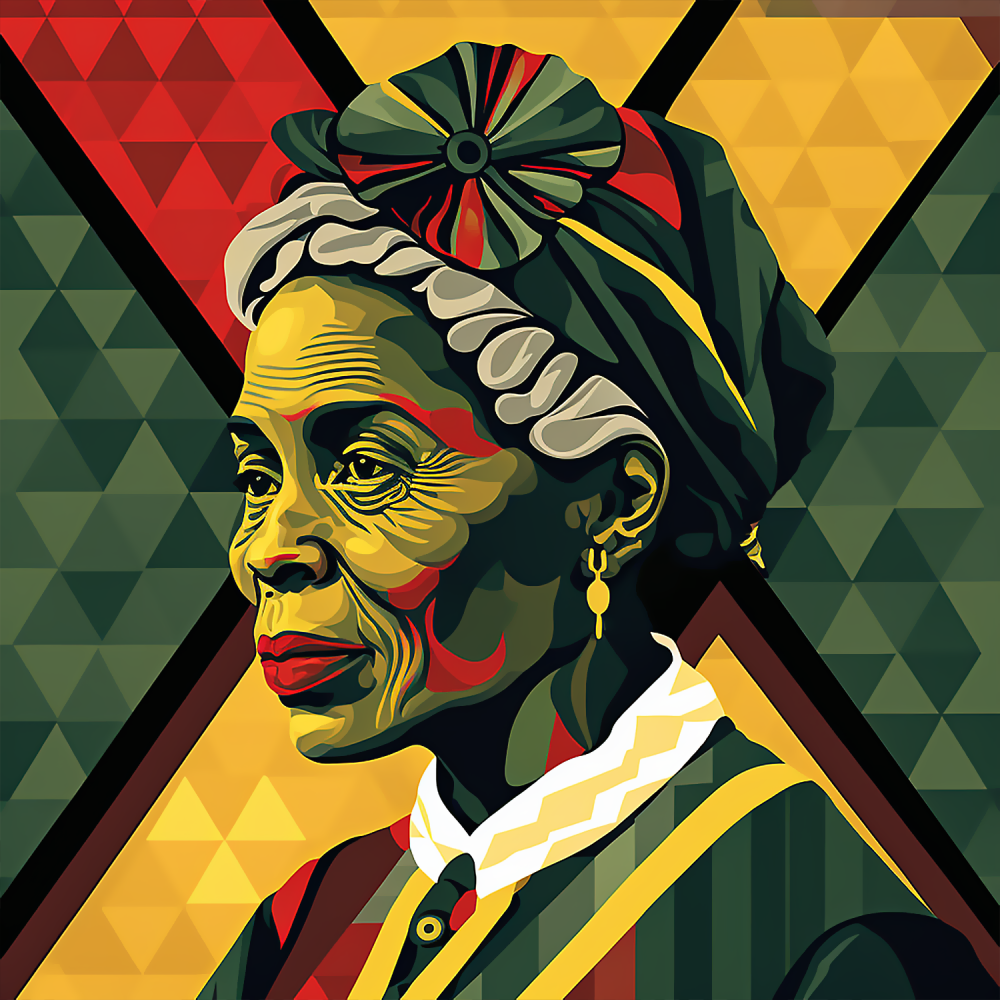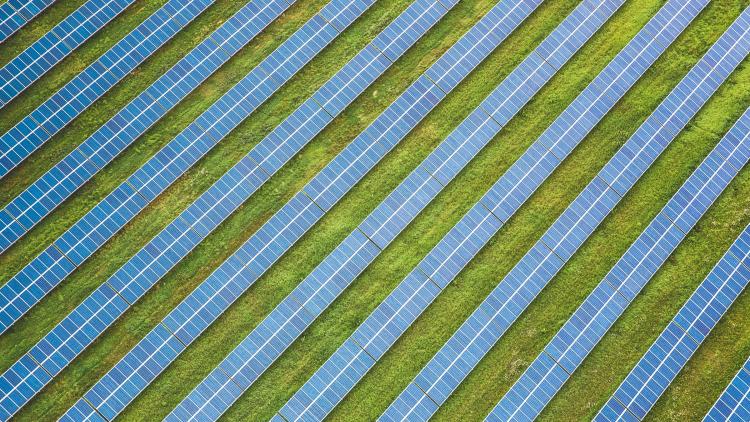Pick your weapon: Reflections on the radical black woman and the black liberation struggle


In February, I had the great pleasure of spending my Valentine’s Galentine’s evening attending a presentation by Dr Jasmin A Young hosted by the LSE Department of Gender Studies titled Ready to start a revolution: radical women in the black liberation struggle.
She opened the presentation with the question “How should Black people respond to Whites’ frequent use of violence?” to which she answered armed resistance. As she spoke, she carefully walked us through the importance of armed resistance to the radical Black woman, from enslavement to the American Civil Rights era and beyond. From famed educator and activist Ida B. Wells-Barnett who stated in 1892 that “a Winchester rifle should have a place of honour in every Black home” to the Black feminist organisers from the Black Women’s Alliance (BWA) who primarily used their tongues as their weapon of choice.
Of particular importance was the way in which Black women navigated the Black Power movement. Drawing on the work of political activist Frances Beal, Dr Young reflected on how Black women were caught between a rock and a hard place as they were excluded from the feminist movement and pushed to the margins of a male-centred Black movement. Beal called this the Double Jeopardy: To Be Black and Female.
This double jeopardy then became the ‘triple jeopardy’, when the intersections of race, gender and class in the lives of Black American women and then “Third World” women were brought into conversation with each other. Being intimately familiar with exclusion, the organisers of the BWA intentionally made space to accommodate the experiences of women of colour around the world who were facing similar oppressive structures, birthing the Third World Women’s Alliance (TWWA).
The radical Black Caribbean Woman
After sitting with the knowledge that had been shared, and turning it over and over in my head, I was left with two main thoughts to stew on. Initially, I thought of resistance closer to home in the Caribbean and how Black women have featured in the liberation narratives in the region. Queen Nanny of the Maroons, chieftain of the Windward Island Maroons in Jamaica, was the first who came to mind. She formed a settlement deep in the eastern section of the island comprised of enslaved Africans who had managed to self-liberate from the sugar plantations.
Under her leadership, the Maroon resistance triumphed over British forces during the First Maroon War from 1720 to 1739. She wielded the connection she had forged with the land and knowledge of its mountainous interior to her advantage, entrapping the British at every turn. Her fighting prowess played an important hand in the eventual signing of a peace treaty with the British that led to their liberation. Nanny has been immortalised in countless ways in Jamaican society, most notably as one of Jamaica’s seven national heroes and the only woman to have been bestowed this title.
While she has rightfully been lauded for her bravery and fighting spirit, she has also been demonised. Nanny was known to be incredibly well-versed in supernatural resistance as an ‘Obeah woman’. Armed with the powers of the supernatural, she drove fear into the hearts of those she wielded her power against and spurred strength in those who fought alongside her. As a young girl growing up in Jamaica, many times, Nanny’s abilities were often reduced to her supposed ability to ‘redirect bullets with her bottom’. But Nanny’s infamy is an outlier.
She is one of the only female freedom fighters who has been recognised by name for her contributions to the Black liberation struggle in the Caribbean. Black women, whether Maroon or enslaved, found different ways to resist in the ways they could but thanks to misogynoir, their efforts have been minimised. They harboured runaways, were agriculturalists, protectors of African cultural traditions and fierce defenders of their villages from raiding parties. They were the embodiment of the radical Black Caribbean woman.
Liberation: from the Caribbean to the world
My final thought was a question I never had the chance to ask, as it only came to me at the end of the Q&A session - "Do you think an undue amount of labour falls on Black women to fix the world's problems when the world dismisses or demonises our contributions?"
Do you think an undue amount of labour falls on Black women to fix the world's problems when the world dismisses or demonises our contributions?
Like any good scholar, I have turned the question on myself. While I do not believe that we should be aiming for accolades and recognition, erasure can be a form of violence and can hinder liberation efforts. Time and time again, the world extracts our labour, whether emotional, physical or otherwise and undervalues it. Black women are called to champion the liberation of others and pour into their cups when markedly less are championing our cause. However, it is my firm belief that activism should not be transactional.
Our oppressions are interlinked and do not occur in isolation. The plight of Haitian, Congolese, Palestinian, Tigrayan and Sudanese women are the legacies of colonialism and racial capitalism that seek to stamp out freedom and trample resistance underfoot. We must document the myriad ways our sisters are rebelling so that they are not forgotten by history.
So I ask, how will I embody the Black radical woman? What weapon will I pick up to join the ongoing armed resistance? Will it be the pen or will I exercise the power of the tongue? I did not come to exist on this earth by chance. I am the direct descendant of Black women, Maroon and otherwise, who resisted. The struggle for Black liberation never ended with the Haitian Revolution in 1804, abolition and emancipation from British enslavement in 1838 or the wave of independence in the Anglophone Caribbean from the 1960s onward. As the quest for global liberation unfolds around us, what weapon will you bring to the fight?
The blog is original work for the Feminist Political Economy and Global Development course.
Header Image Credit: Clay Banks via Unsplash.
About the author
Megan Morgan is an MSc Environment, Politics & Development Studies student at SOAS University of London. As a daughter of the Caribbean, she is passionate about untangling the legacies of colonialism and finding radical solutions to the climate crisis.




